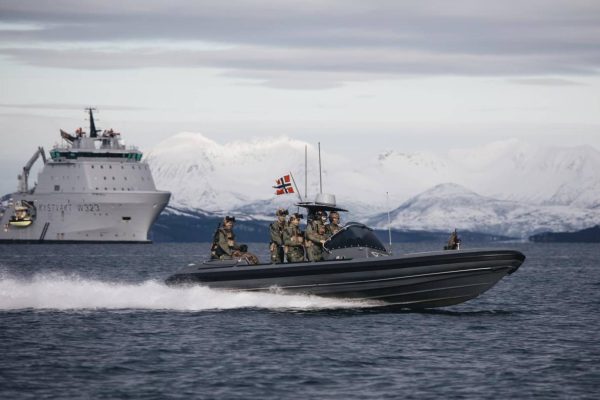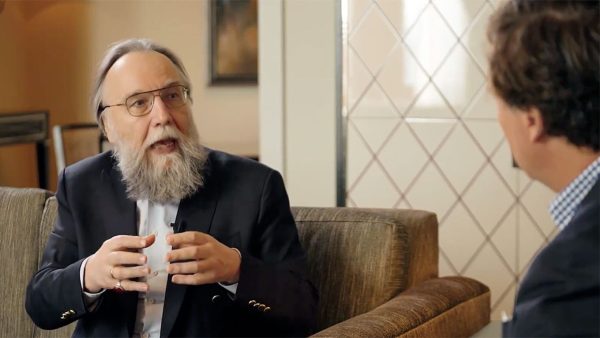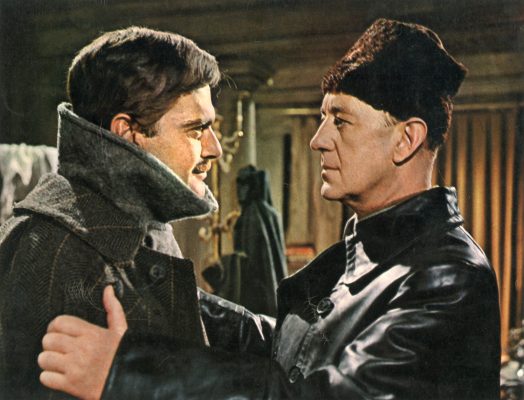Perhaps two adjectives best capture the essence of Ukraine’s main Black Sea port, Odesa: lively and lightness.
Like other key Ukrainian cities, the initial months of Russia’s full-scale invasion were difficult under the threat of Russian attacks and an occupation that did not materialize only thanks to Ukrainian military prowess.
Ukrainian deterrence has been key. Hence, in 2023, the city partially returned to normalcy, with restaurants and bars opened till curfew, businesses working, and even the port showed some signs of activity with the Black Sea Grain Initiative (the so-called grain deal) brokered in July 2022 by Turkey and the United Nations (UN) and which was torpedoed by Russia on July 17.
By late May, the city center was bustling with life, the famous Deribasovskaya street was packed with beaming young people flocking to nightclubs. Meanwhile, couples danced tangos in the bandstand of the nearby municipal garden. On Sundays, families strolled by the sunny seaside and some had a quick splash in the docks at Langeron beach.
Ukrainians, and certainly Odesits, have a penchant for this lightness and ordinary joy anytime they can savor some fleeting normalcy.
Yet this starkly contrasts with the stillness of the huge port that is one of the city’s landmarks, a facility that is now a shadow of what it was before February 2022 when Russia’s blockade began. The port’s low activity decreased further over recent months, as Russian inspectors slowly strangled the grain shipments, approving the passage of fewer and fewer ships at the Joint Coordination Center in the Bosporus Strait, or simply slowed inspections to a crawl.

Only 1.3 million cubic tons of Ukrainian grain were exported in May, and less than two ships a day were cleared in early June, compared to 10 daily last September. In May, the Kremlin agreed to extend the deal only for two months instead of the four agreed to in the Black Sea Initiative.
Now Russia has declared that it is exiting the deal and, further, that every merchant ship going to Ukrainian ports will be considered a potential carrier of military cargo (and hence a legitimate target).
How did we get here?
Russia only agreed to the deal in the first place because of significant international pressure, including from its frenemy Turkey and from developing world countries where food price rises caused by the Kremlin were threatening hunger and social order (23% of Ukrainian grain shipments were to countries suffering humanitarian problems.) Its hand was also forced by the military balance in the region after the Ukrainians recovered Snake Island on the approaches to Odesa in June 2022.
Russia only understands and respects — though sometimes not even — a diplomacy based on crude force, or the sheer threat of force. The regime despises the bland diplomacy that Westerners and non-Westerners alike are prone to engage in with the Kremlin. It is ironic that this new blow to global food security happened a month after the failed African mediation delegation, which visited Kyiv and St. Petersburg and crafted so-called “peace” proposals partly skewed to Russian interests. Russian narratives are successful in much of the same Global South that will now suffer the most from Russia’s blackmail and weaponizing of food security.
The Kremlin’s strategic goals remain total victory, including the occupation of much of Ukraine and its destruction as an independent nation. It has therefore identified as primary objectives the severance of Ukraine’s external lifelines — financial and military assistance — and destroying its export-based economy. In the early morning of July 19, for example, 60,000 tons of grains were set ablaze by Russian missile strikes on Chornomorsk port. Add in the tens of thousands of acres of mined agricultural land, the constant shelling of storage facilities, and the lack of electricity and water for agriculture due to the Kakhovka dam sabotage, and the pattern is clear.
Russia has put forward demands to salvage the deal, but they are self-serving and potentially deeply damaging to the democratic world’s sanctions regime. Moreover, Russia is also a prime competitor of Ukraine in the grain market. As prices dropped due to the grain deal, Russia tried to capture Ukraine’s traditional markets in the Middle East. Its Black Sea port operations have increased by 21% in 2023, and the grain cargos of all Russian ports doubled in the first half of this year. It is also telling that while Russia blockades much of the Black Sea, its embargoed oil is freely shipped to Greece, Spain, and the Netherlands.
A fallout between Turkey’s President Erdoğan and Putin may also be playing a role in this newest Russian escalation. Erdoğan snubbed Putin with the release of Ukraine’s Azovstal commanders this month, who he had agreed to hold captive.
So, what now?
- Option one is to move to safer river lanes, beefing up Ukraine’s Danube ports of Izmail and Reni, bordering Romania. Their activity has increased since 2022, and they can carry additional exports other than grain (e.g. metal and fuel). Odesa region officials claim that these ports could perhaps manage 50% of Odesa port’s capacity. Yet, they are shallower than Ukraine’s Black Sea ports, so their capacity is limited, and would mean additional expenses for exporters.
- A second option is further investing in the EU-driven Solidarity Lanes, that is, mostly rail and road transit through Moldova and EU borders. Since May 2022, these auxiliary land routes have allowed Ukraine to export some 40 million tons of grains, oilseeds, and related products, as well as over 36 million tons of non-agricultural products, hence more than the Black Sea Grain Initiative (around 30 million tons). Yet more backlash from Polish and other Central European farmers — objecting to sales on their local markets — is likely.
- Thirdly, Ukraine could attempt to ignore the blockade and call Russia’s bluff. President Zelenskyy proposed passing inshore from Odesa to Romanian ports, to use Romanian and Bulgarian territorial waters. Much depends on Turkey. In November, implementation of the deal went ahead in spite of Russia’s withdrawal (it re-joined soon thereafter.) Moreover, Ukraine has created an insurance fund of some $500m to compensate companies for risks associated with its Black Sea ports. Alas, the huge security risks are a disincentive to exporters — Russia may simply sink merchant ships.
Ultimately, this is part of the wider challenge to the international community. In addition to systematic war crimes and crimes against humanity, Russia has weaponized nuclear security (militarizing the Zaporizhzhia Nuclear Power Plant), freedom of navigation, and food security.
The response should involve a wider international coalition, including non-Western states. This requires that, first and foremost, countries dependent on Ukrainian grain — but often neutral on the war — finally join forces to hold Russia accountable for its actions against global human security and justice.
Borja Lasheras is a Non-resident Senior Fellow with the Transatlantic Defense and Security program at the Center for European Policy Analysis (CEPA). He is a Special Adviser for Ukraine to the European External Action Service (EEAS). He served in the Spanish Presidency of the Government from 2018—2021 and was ultimately the Senior Foreign Policy Advisor.
Hanna Shelest PhD is a Non-resident Senior Fellow with the Transatlantic Defense and Security program at the Center for European Policy Analysis (CEPA). She is the Director of Security Programs at the Foreign Policy Council “Ukrainian Prism” and Editor-in-Chief at UA: Ukraine Analytica. Before this, she served for more than 10 years as a Senior Researcher at the National Institute for Strategic Studies under the President of Ukraine, Odesa Branch.
Europe’s Edge is CEPA’s online journal covering critical topics on the foreign policy docket across Europe and North America. All opinions are those of the author and do not necessarily represent the position or views of the institutions they represent or the Center for European Policy Analysis.





